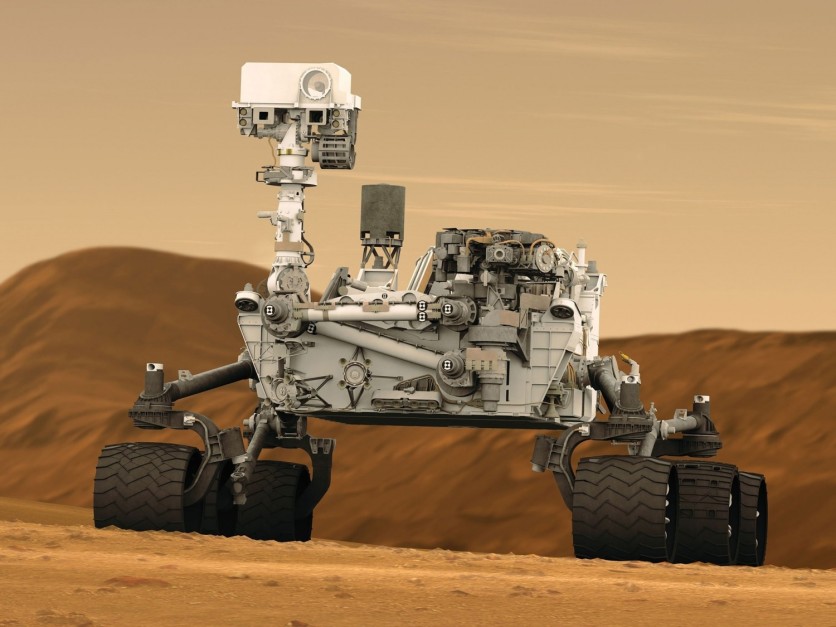NASA's new Mars Rover is only a few months away from the opening of its release window in July. The Perseverance rover crew is busy with the very last preparations, consisting of a mass properties check to make certain the automobile is balanced.

Mars Rover's assembly, test, and release operations team completed a critical mass residences test of the Rover on Apr. 8. But NASA staff are operating the Mars curiosity rover from home. How did they do it?
Balance test needed to make sure new Rover is safe
In a statement Monday, NASA said precision mass properties measurements are essential to a safe landing on Mars. Balance tests, according to the space agency, "help ensure" that the spacecraft travels accurately all through its trip to the Red Planet - from its launch, descent, and a touchdown.
The rover balancing manner took place in advance this month over three days at Kennedy Space Center in Florida.
NASA shared a behind-the-scenes during the testing, which included placing the Rover on a turnover fixture that circled Perseverance like a huge rotisserie chicken. This is a part of the method of locating the Rover's core balance.
The carnival rides didn't end there. The Rover also frolicked on a spin table. "To [reduce] friction that could affect the accuracy of the results, the table's surface sits on a spherical air bearing that essentially levitates on a thin layer of nitrogen gas," NASA said.
NASA's group brought 13.8 pounds (6.27 kilograms) to the chassis. The space agency in comparison to adding weights on the edges of car tires for balance.
If all goes well, the car-size Rover will join its sibling Curiosity on Mars in February 2021, and it will be flawlessly balanced while doing so.
Here's how NASA staff are operating the mars curiosity rover from home
For the first time in Curiosity's history, none of the people running it have been on the JPL offices - adding a brand new layer of remote working to a group already dealing with vehicle movements at a distance of close to 200 million kilometers (124 million miles).
To reap this, scientists have needed to get creative. In essence, monitors, headsets, and other equipment have been distributed, while video conferencing and chat apps were enlisted to keep everybody in touch with each other.
"We're usually all in one room, sharing screens, images, and data," narrates the team leader, astrophysicist Alicia Allbaugh. She said people are talking in small groups and to each other from across the room."
The scientists have found themselves using red-and-blue lens glasses to analyze photos from Mars. The team had to come up with alternative items, like VR headsets, to allow the Curiosity group to plan out Rover's routes and arm movements.
The rock-drilling movements coded in to Curiosity on Mar. 20 were efficiently carried out several days later, at a domain on Mars called Edinburgh. Several assessments and one complete practice run have been carried out before the instructions were sent.
Curiosity continues to capture some lovely imagery and make some fascinating discoveries as its challenge continues nearly eight years after it landed, and that work goes to carry on - despite the fact that the NASA JPL crew cannot meet in-person to do it.

![Apple Watch Series 10 [GPS 42mm]](https://d.techtimes.com/en/full/453899/apple-watch-series-10-gps-42mm.jpg?w=184&h=103&f=9fb3c2ea2db928c663d1d2eadbcb3e52)


